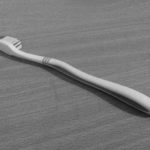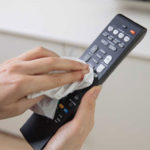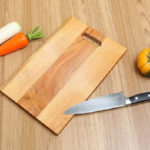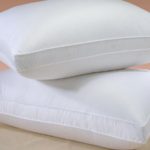Pimples and black spots on the cutting board are remnants of bacteria that persist after each use. Even if you clean the board with water, bacteria can still exist and grow in the cuts on the board’s surface. Some of these bacteria can easily cause diseases such as salmonella, which inflames the stomach and intestines, and E. coli, which causes diarrhea.
To prevent infection, in addition to practicing regular hygiene, experts advise using a suitable cutting board for different purposes and food groups.
Glass cutting board
Glass cutting boards, with their bright colors and beautiful appearance, can enhance the vibrancy of your kitchen. Made from toughened glass, these boards are resistant to pimples and oxidation, easy to clean, and can withstand high temperatures. You can confidently cut food without worrying about scratching the board’s surface. However, the hard surface of the board can dull your knives quickly and is not suitable for chopping and cutting food. Additionally, the smooth surface can also cause the knife to slip, endangering the user.
Therefore, it is advisable to use glass cutting boards for cutting fruits, vegetables, soft foods, rolls, sushi, and processed foods like boiled meat, roasted meat, sausages, and pâté.

In addition to convenience and aesthetics, it is important to pay attention to the quality of the cutting board. Choose reputable products with clear origins and verifications that meet the food safety standards of their place of manufacture.
Housewives should also have separate cutting boards for raw and cooked food, and ideally, use specific colored boards for meat and fish. For cutting boards used with cooked food, rinse them with boiling water before cutting or chopping food. After use, hang the board in a dry and well-ventilated place, away from direct sunlight, to limit bacterial growth. It is recommended to replace the cutting board after six months of use, or when the surface becomes cracked, broken, blackened, or develops a strange odor.
Plastic cutting board
Plastic cutting boards are lightweight and overcome the weaknesses of wooden boards, such as water resistance, resistance to pimples, and resistance to rotting. However, these boards are not able to withstand large forces. Cutting meat or fish on a plastic cutting board may cause cracks and breaks, and dull your knives faster. Similar to glass cutting boards, plastic cutting boards should only be used for cutting processed foods that do not require much force.
Plastic cutting boards come in various shapes, including round and rectangular, and some even have divided compartments to assist in preparing multiple types of food simultaneously. There are also plastic cutting boards available in the market that contain antibacterial microban, disrupting the cell function of bacteria and preventing their growth on the board.

When using plastic cutting boards, it is important to note the following:
- Avoid applying excessive pressure with the knife, as this can create cuts on the board’s surface and provide a breeding ground for bacteria, while also causing the board to age quickly.
- If the board becomes stained or discolored, soak it in vinegar or lemon juice for two hours, then rinse with dish soap and boiling water to make the board clean and fresh, and extend its lifespan.
Wooden cutting board
- Choose a board with uniform thickness and without visible wood grains.
- After purchasing a new wooden cutting board, soak it in salty water at a ratio of 200g salt to 1 liter of water for 24 hours, then dry it thoroughly. This helps the board retain enough moisture and prevents cracking in the future.
- To prevent pimples or odors, scrub the board with a little dish soap or fresh lemon after each use. Then, dry and hang the board in a dry and well-ventilated place to prevent mold growth.
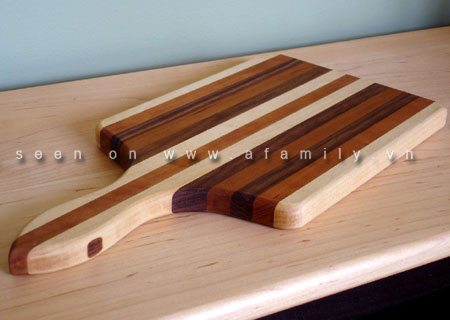
8 Common Mistakes People Make with Cutting Boards
Are you using your cutting board correctly? Many Vietnamese households rely on cutting boards in their kitchen, but not everyone knows how to use them properly, especially when it comes to wooden cutting boards. Check out these 8 mistakes to avoid when using a cutting board to ensure both hygiene and safety for everyone in your family.

























